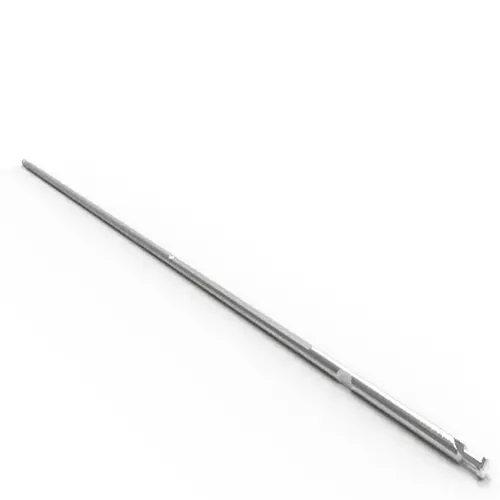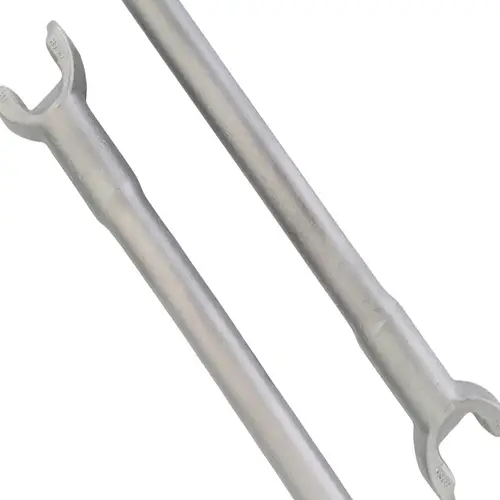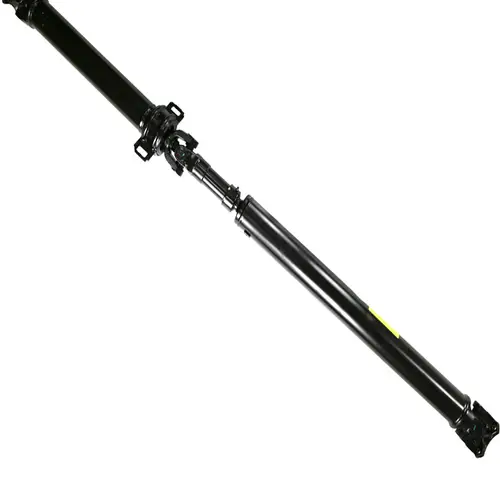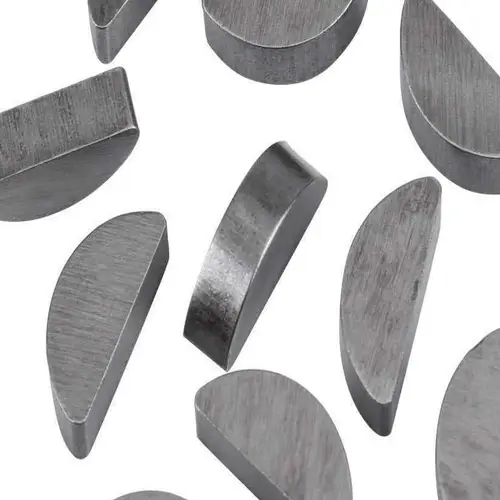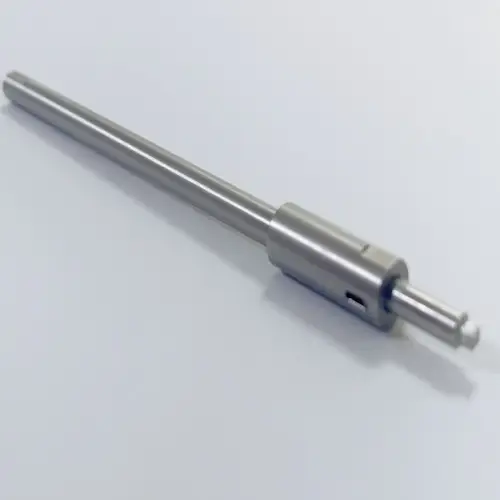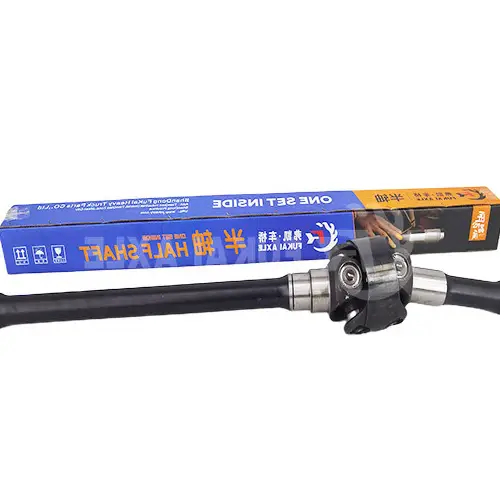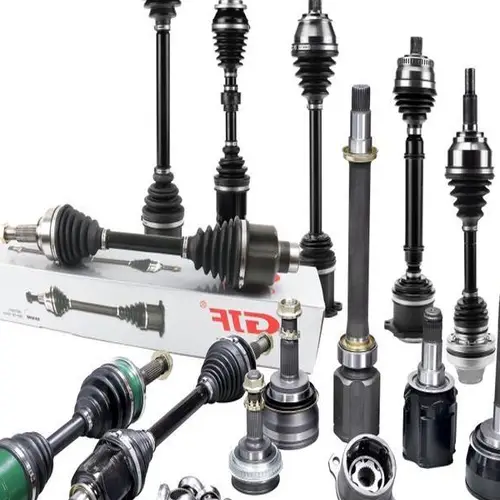
China High Quality Gjf Car CV Joint Drive Shaft for Hilux Vigo Kun25 Tgn26 Kun51 43430-0K020 – Hot Sale
Product Description
Experience top-notch performance with our meticulously crafted CV Joint Drive Shafts, specifically designed for the Hilux Vigo Kun25 Tgn26 Kun51 models. Our drive shafts are engineered with precision using 42CrMo alloy steel, ensuring durability and superior functionality. Enjoy peace of mind with our 12-month warranty and benefit from our extensive inventory that supports swift delivery.
| Product Name | Drive shaft | Material | 42CrMo alloy steel |
| Car Fitment | Toyota | Warranty | 12 months |
| Model | for Hilux Vigo Kun25 Tgn26 Kun51 | Place of Origin | Zhejiang, China |
| Productive Year | Contact us for more details | MOQ | 4 PCS |
| OE Number | Factory Standard | Delivery Time | 1-7 days |
| OEM/ODM | Yes | Brand | GJF |
| Packing Size | According to each model | Payment | L/C, T/T, Western Union, Cash, PayPal |
| Sample Service | Depends on stock availability | Weight | 7.9KG |
Detailed Photos
Explore our high-definition images that showcase the exceptional build and finish of our CV Joint Drive Shafts.
Customer Review
Our customers rave about the high performance and durability of our drive shafts. Read their glowing reviews to gain confidence in choosing our products.
Packaging & Shipping
We ensure secure packaging and prompt shipping to deliver your orders efficiently. Our large warehouse facilitates quick dispatch of products.
FAQ
- What materials are used in the drive shaft?
Our drive shafts are made from high-grade 42CrMo alloy steel. - Which car models do these drive shafts fit?
They are specifically designed for Toyota Hilux Vigo Kun25 Tgn26 Kun51 models. - What is the average delivery time?
Delivery typically takes between 1-7 days. - Is OEM/ODM service available?
Yes, we offer OEM/ODM services to meet your specific requirements. - What warranty is provided?
We offer a 12-month warranty on our drive shafts.
Explore EVER-POWER GROUP’s extensive range of industrial products, including agricultural gearboxes, power output shafts, sprockets, fluid couplings, worm gear reducers, gears and racks, roller chains, pulleys, planetary gearboxes, timing pulleys, bushings, and more. We pride ourselves on delivering high-quality products at competitive prices. Our professional services are tailored to meet your unique needs—customers are welcome to customize drawings and samples.
All the content of the page is from the Internet, the content is only as a reference for product selection, our products are replacement parts and not original spare parts; we are not the holder of the original trademarks of the content, our products are only suitable for after-sales replacement parts and not original spare parts, our replacement parts can be perfectly adapted to the original spare parts; if you need to buy original spare parts, please contact the original factory to buy. If you want to buy original spare parts, please contact the original supplier for purchase.
Introduction to the Performance Characteristics of Drive Shaft
The drive shaft, an essential component in many mechanical systems, is designed to transmit torque and rotation. Its performance characteristics can be broken down as follows:
- Strength: Drive shafts must endure high levels of stress without failing. They are often made from materials like steel or aluminum to withstand these forces.
- Flexibility: Flexible enough to handle minor misalignments between components without causing damage.
- Durability: Designed to last through extensive use, often treated with anti-corrosive coatings to resist wear and tear.
- Weight: Lightweight materials are often preferred to reduce the overall weight of the machinery, enhancing efficiency.
- Balance: Properly balanced to prevent vibrations, which could lead to mechanical failure or inefficiency.
Types and Characteristics of Drive Shaft
Drive shafts come in various types, each with unique characteristics suited for specific applications:
- Solid Shaft: These are rigid and provide high strength, commonly used in industrial machinery.
- Hollow Shaft: Lighter than solid shafts and used in applications where weight reduction is crucial.
- Constant Velocity (CV) Shaft: Ensures smooth torque transmission through variable angles, ideal for automotive use.
- Telescopic Shaft: Allows for length adjustments, used in applications requiring variable distances.
The material of the drive shaft also plays a significant role in its performance:
- Steel Drive Shafts: Known for their high strength and durability, suitable for heavy-duty applications.
- Aluminum Drive Shafts: Lightweight and corrosion-resistant, often used in high-performance vehicles.
- Composite Drive Shafts: Made from materials like carbon fiber, offering excellent strength-to-weight ratio, used in advanced engineering applications.
Applications of Drive Shaft in Various Fields
Drive shafts are pivotal in numerous sectors, reflecting their versatility and importance:
- Agricultural Machinery: Used in tractors and harvesters to transmit power efficiently to various implements.
- Construction Equipment: Essential in machinery such as excavators and loaders, ensuring reliable power transmission under heavy loads.
- Industrial Equipment: Found in conveyors, pumps, and compressors, where precise and robust power transfer is required.
- Marine Equipment: Utilized in boats and ships to transfer engine power to the propeller, designed to withstand harsh marine conditions.
- Mining Equipment: Used in drills and crushers, where high torque and durability are paramount.
Future Development Trends and Opportunities for Drive Shaft Products
The drive shaft industry is poised for several advancements:
- Material Innovation: Continued development of composite materials promises lighter, stronger, and more resilient drive shafts.
- Integration of Smart Technologies: Incorporating sensors and IoT for real-time monitoring and predictive maintenance.
- Enhanced Customization: Increasing demand for tailored drive shafts to meet specific industrial needs and performance criteria.
- Sustainability: Focus on environmentally friendly manufacturing processes and recyclable materials.
- Global Expansion: Growth opportunities in emerging markets with expanding industrial and automotive sectors.
How to Choose a Suitable Drive Shaft
Selecting the appropriate drive shaft involves several considerations:
- Determine Application Requirements: Understand the specific needs of your machinery to choose the right type of drive shaft.
- Evaluating Power Requirements: Ensure the drive shaft can handle the power output of your engine or motor.
- Check Speed and Torque Specifications: Match the drive shaft’s capabilities with your machinery’s operational parameters.
- Measuring the Length of the Shaft: Accurate measurement is crucial for proper fit and function.
- Evaluate Connection Type: Ensure compatibility with your existing equipment’s connection types, such as splined or flanged ends.
- Check Safety Features: Look for features like anti-corrosive coatings and vibration dampeners to enhance longevity and reliability.
Conclusion
Drive shafts are integral to a wide array of machinery, providing the necessary torque and rotation to power various systems. Understanding their performance characteristics, types, materials, and applications can help in selecting the most suitable drive shaft for your needs. As technology advances, the drive shaft industry continues to evolve, offering new opportunities and innovations to enhance performance and sustainability. Careful consideration of application requirements, power, speed, torque, length, connection type, and safety features will ensure the optimal selection and use of drive shafts in any field.
Author: Dream



